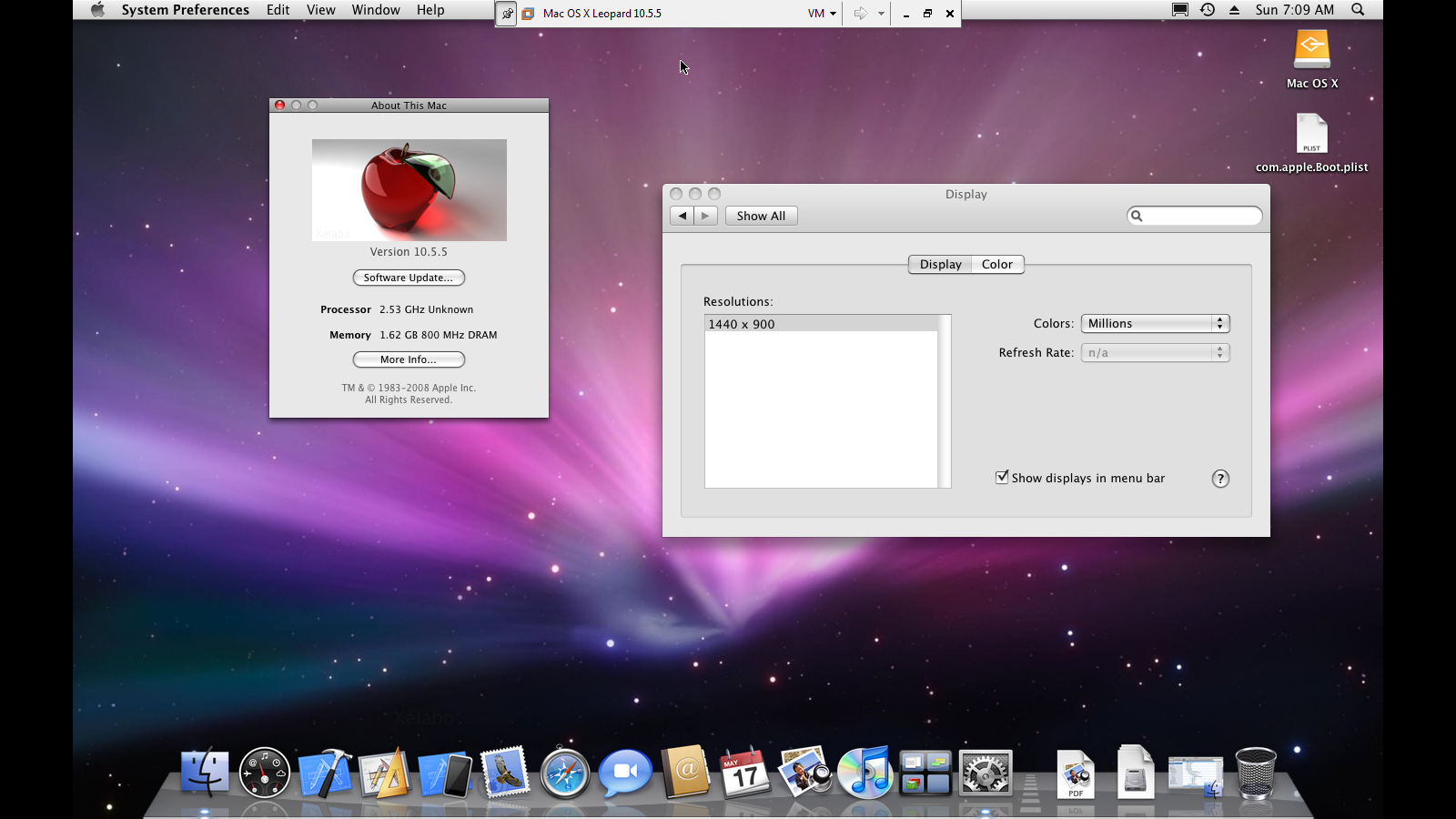
Also, in our previous article: Install macOS Mojave on VirtualBox on Windows PC. What I can tell you, is if you do have a working Mac with installers of anything except High Sierra (haven't figured that one out yet because of a mandatory FW upgrade), you can create your own VM and start from scratch and you can figure out and learn what exactly is going on.In this post, we’ll install macOS Mojave on VMware on Windows PC. vmdk is set up or where it came from so I can't really help you from that step.

So simply put, the boot order on the VM is the following: What Clover EFI does is mimick what Apple wants to see. Mac's being Apple, they are particular in the instructions and look for specific things. The only difference in PC or a MAC is the EFI.

You may in that case need to edit the VM and tweak various settings in the VM settings to make it work better in respect to your Windows HOST computer (i.e. It sounds like you straight downloaded a premade 'hackintosh' or virualbox VM image for a Mac. vmdk is the file that represents a physical hard drive, since nothing is physical. In a physical machine, a hard drive is a 3.5" or 2.5" rectangular box with platters (or SSD) inside. In a VM, everything is virtualized into signals or files in respect to physical hardware and signals on a tangible computer. They like to use "multibeast" instead of Clover. TonyMacX86 is a great resource and other solutions. I'll post an image of the error soon currently reproducing it as I deleted the files for the Virtual machine accidently. Supports Hyper-V (which I had turned on in the BIOS, Because, you know, one of the first things people do with a new laptop is edit the BIOS ) Manufactured by Lenovo, Model #720-13IKB.



 0 kommentar(er)
0 kommentar(er)
